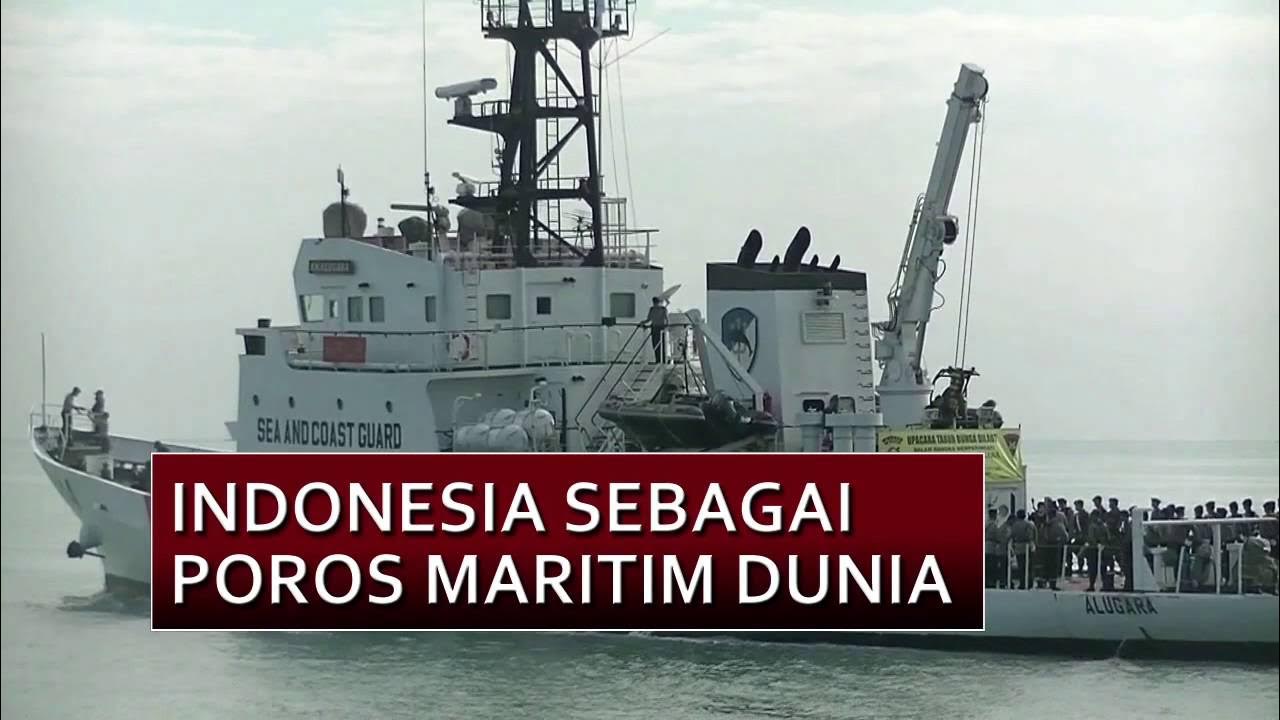GEOGRAFI: "KELAUTAN BERKELANJUTAN"
Summary
TLDRThe video script introduces the rich marine biodiversity of Indonesia, highlighting its vast sea territories and diverse ecosystems. It emphasizes the importance of sustainable marine management, as threats like overfishing, illegal fishing, and marine pollution endanger the country's marine wealth. The script calls for action to protect Indonesia's marine resources, suggesting measures like protecting juvenile fish, implementing fishing quotas, and establishing seasonal closures to ensure the sustainability of the marine environment for future generations.
Takeaways
- 🌊 Indonesia's marine waters cover an area of approximately 5.8 million km², showcasing a vast and diverse marine ecosystem.
- 🐠 Indonesia is home to a rich variety of marine life, including around 3,500 fish species, 1,114 seagrass species, and over 450 coral reef biota.
- 🌱 The country's coral reefs host 76% of the world's coral species and 37% of the world's coral fish species, highlighting its importance as a global marine biodiversity hotspot.
- 🏝️ Indonesia's coastline stretches over 108,000 km, with 3.48 million hectares of mangrove forests, accounting for 23% of the world's total mangrove ecosystems.
- 💰 The economic value derived from Indonesia's marine resources and services is estimated to be 2.5 trillion US dollars annually.
- 🔥 The extensive coral reefs, covering 25,000 km², are under threat, with only 5.3% in very good condition, indicating a significant environmental challenge.
- 🐟 Overfishing and illegal fishing practices pose serious threats to Indonesia's marine wealth, alongside destructive fishing methods like blast fishing and the use of poisons.
- 🗑️ Marine pollution, particularly plastic waste and metals, is a growing concern affecting marine life, ecosystems, and human health, with debris taking between 50 to 400 years to decompose.
- 🚫 Sustainable fishing practices are essential for preserving Indonesia's marine resources, including protecting juvenile fish, implementing catch quotas, and establishing seasonal and area fishing closures.
- 🌱 Protecting spawning grounds is crucial for the reproduction and recruitment of marine organisms, ensuring the long-term health and productivity of Indonesia's marine ecosystems.
Q & A
What is the significance of the Indian Ocean and the Pacific Ocean meeting?
-The meeting of the Indian Ocean and the Pacific Ocean represents a region of great biodiversity and ecological importance, hosting a variety of marine life, from the smallest microscopic organisms to giant creatures.
How large is the sea area of Indonesia?
-The sea area of Indonesia is approximately 5.8 million square kilometers.
What types of unique marine environments can be found in Indonesia's seas?
-Indonesia's seas contain a variety of unique marine environments, including a diverse range of coral reefs, seagrass beds, and mangroves.
What percentage of the world's coral reef species and fish species does Indonesia's marine environment support?
-Indonesia's marine environment supports 76% of the world's coral reef species and 37% of the world's coral reef fish species.
How long is Indonesia's coastline, and what significant ecosystem is found along it?
-Indonesia's coastline is over 108,000 kilometers long, and it is home to around 3.48 million hectares of mangrove forests, which make up 23% of the world's total mangrove ecosystem.
What is the estimated value of Indonesia's marine resources and services?
-The estimated value of Indonesia's marine resources and services is 2.5 trillion US dollars per year.
What is the condition of Indonesia's coral reefs in terms of health?
-Only 5.3% of Indonesia's mapped coral reefs, which cover an area of 25,000 square kilometers, are in very good condition, while 27.18% are in good condition, 37.25% are in fair condition, and 30.45% are damaged.
What are the main threats to Indonesia's marine wealth?
-The main threats to Indonesia's marine wealth include global warming, human activities, overfishing, illegal fishing, and the use of destructive fishing methods like blast fishing and cyanide fishing.
How long can plastic and metals in the ocean take to decompose?
-Plastic and metals in the ocean can take between 50 to 400 years to decompose.
What measures are suggested to ensure sustainable fisheries and marine conservation in Indonesia?
-Suggested measures include protecting juvenile fish, implementing catch quotas, seasonal closures, and area closures to allow fish populations to recover and reproduce without disturbance.
What is the importance of recognizing and preserving Indonesia's marine wealth for future generations?
-Recognizing and preserving Indonesia's marine wealth is crucial to ensure the sustainability of marine resources and ecosystems for future generations, and to prevent the degradation of these valuable natural assets.
Outlines

Cette section est réservée aux utilisateurs payants. Améliorez votre compte pour accéder à cette section.
Améliorer maintenantMindmap

Cette section est réservée aux utilisateurs payants. Améliorez votre compte pour accéder à cette section.
Améliorer maintenantKeywords

Cette section est réservée aux utilisateurs payants. Améliorez votre compte pour accéder à cette section.
Améliorer maintenantHighlights

Cette section est réservée aux utilisateurs payants. Améliorez votre compte pour accéder à cette section.
Améliorer maintenantTranscripts

Cette section est réservée aux utilisateurs payants. Améliorez votre compte pour accéder à cette section.
Améliorer maintenant5.0 / 5 (0 votes)






